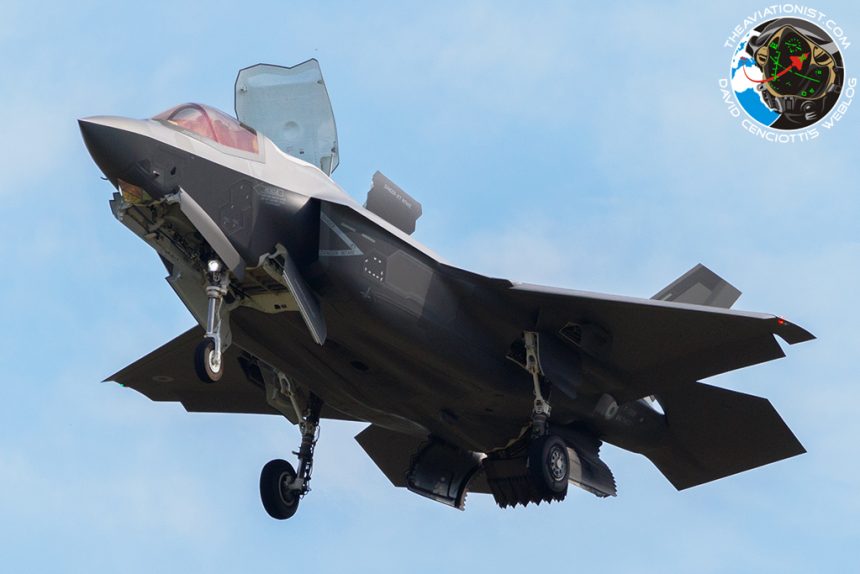The first STOVL (Short Take Off Vertical Landing) aircraft of the Aeronautica Militare has taken part to training activity in the Sardinian ranges for the first time.
From Sept. 21 to Oct. 2, 2020, seven F-35 Lightning II aircraft (six “A” and one “B”, with the latter being the only one delivered to the Italian Air Force thus far), took part in a deployment to Decimomannu Air Base, in Sardinia, Italy, home of the RSSTA/AWTI (Reparto Sperimentale e di Standardizzazione Tiro Aereo/Air Weapons Training Installation) of the Italian Air Force.
The aircraft are assigned to the 32° Stormo (Wing) and operated by the 13° Gruppo (Squadron), the first Italian unit to fly the F-35 since December 2016 and achieve the IOC (Initial Operational Capability) with the Lighting II aircraft at Amendola Air Base, in southeastern Italy, in November 2018, during the first “5th generation” TLP (Tactical Leadership Program) course.
No official detail has been disclosed about the current deployment. Everything we know is based on the observations of local spotters and photographers who, among the other things, have noticed the aircraft flying at night inside the PISQ (Poligono Interforze Salto di Quirra – Salto di Quirra Joint Range), an EW (Electronic Warfare) range located in central eastern Sardinia, just a few minutes flight time distance from Decimomannu. In fact, “Deci”, offers a fully integrated training installation with several air-to-air and air-to-ground ranges located not far from the base.
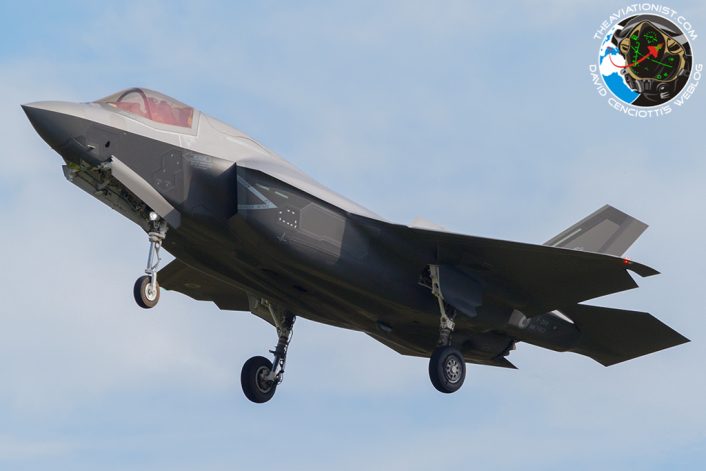
The (former) Commander of the 155° Gruppo (flying the Tornado ECR in the SEAD – Suppression of Enemy Air Defenses – role) described the PISQ and the type of activities carried out inside the range during an interview he gave us for a story on the Tornado fleet:
“We perform training activities aimed at delivering weapons; air-to-air missions inside the ACMI (Air Combat Maneuvering Installation) range to practice evading aerial threats, and night activity with the NVGs inside the PISQ range. In the latter case, we exploit the light conditions we find inside the EW range, that are far better than those that we can find flying over the Pianura Padana [Plain of the Po] were the light pollution creates visual conditions that are not optimal for the use of night vision goggles. The PISQ is really “dark” and this helps up preparing night SEAD scenarios perfectly tailored to our needs. The basic training for all the aircrews that are assigned to the squadron (and until they achieve the Combat Readiness status) as well as pilots and NAVs who need to keep their currencies, takes place at the Polygone.
This range offers a lot in terms of available threats, including real and simulated air defense systems, and provides an immediate feedback on the effectiveness of the used tactics. Although complete, the type of scenarios the Polygone offers is quite basic, in terms of complexity, so we carry out the most advanced part of our training during multinational exercises (such as those in Israel or the Red Flag in the US), especially those drills that have a particular focus on EW. That said, we deploy to Deci for that niche training (night SEAD with NVGs) that would be difficult to arrange and perform abroad. Besides flying in the EW ranges we carry out joint training missions with the Italian Army and Navy as well as the Air Force’s own Spada anti-aircraft systems.”
Photographers have observed the F-35s flying in waves from 1 to 5 aircraft, both at day and night.
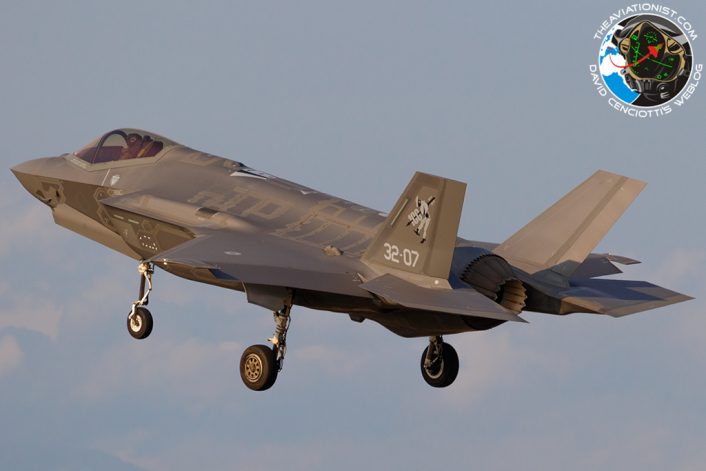
Whatever the activity the F-35s carried out, what is really worth or remark is the fact that the first F-35B STOVL aircraft of the Italian Air Force took part in the deployment, flying at the ranges and also performing conventional as well as short/vertical landings for training purposes.
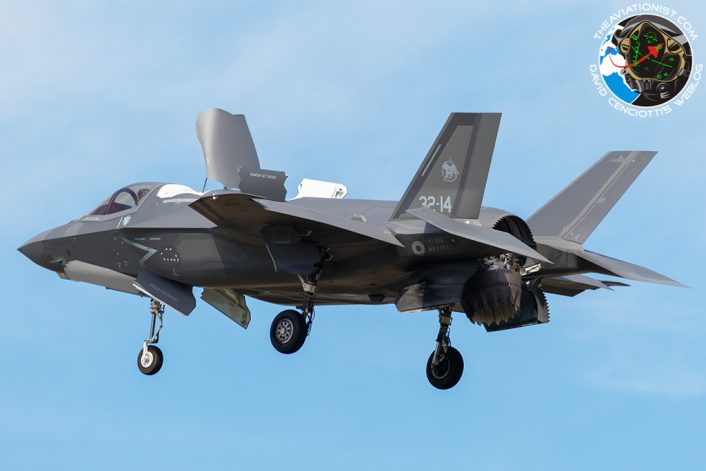
This was the second (more or less) “public” appearance of the airframe serialled MM7453/32-14. The first one was Expeditionary PoC at the end of July when the F-35B, supported by a KC-130J tanker, deployed to Pantelleria, a tiny island in the Mediterranean Sea, to demonstrate the ability of the air force to project and use the 5th generation aircraft far from home, in a semi-permissive environment, on an austere/bare runway normally not usable by other conventional aircraft and with limited Force Protection provided by the host nation.
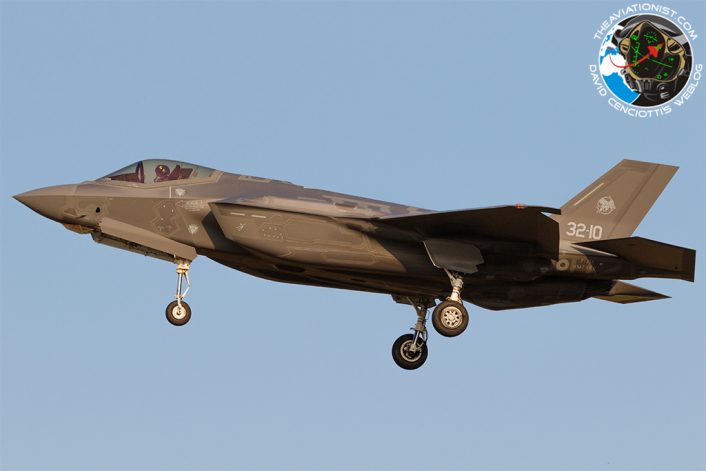
According to the latest plans, Italy is procuring 90 F-35s: 60 F-35As and 30 F-35Bs. Out of those 30 F-35Bs, 15 will go to the Navy and 15 to the Air Force.
The photographs in this post were taken during the two-week deployment by The Aviationist‘s contributor Alessandro Caglieri.

